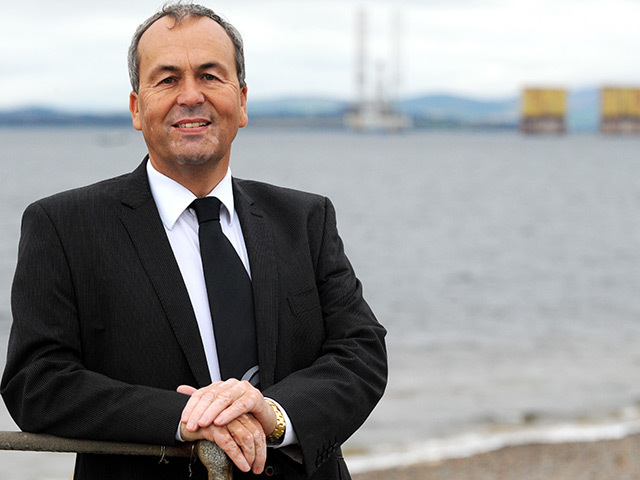
Researchers are using 5G communications technology to create a simulator system aimed at inspiring businesses and residents to get involved in the development of new energy systems in Orkney.
The “digital twinning” project will involve the creation of a virtual three-dimensional model of the islands, featuring components such as electric vehicles, domestic batteries and generators and turbines in use there.
A “virtual dashboard” will also show some of the energy network’s main features and model a live 5G data connection to key assets.
The project is being led by Heriot-Watt University’s Grid facility and supported by the Scotland 5G Centre.
Heriot-Watt chief entrepreneurial executive David Richardson said: “Our digital twinning system will demonstrate how Orkney’s new energy network will operate, what the different component parts are, how people can interact with it and collaborate to create a genuinely democratised energy system.
“It will be an engagement tool that helps people understand how they can get involved in helping the island maximise renewable energy and, ultimately, achieve a carbon-neutral future.”
Derek Boyd, interim director at the Glasgow-based Scotland 5G Centre, added: “5G will be an integral part of enabling the smart energy systems of the future, delivering the ultra-reliable, low-latency connectivity that is required to manage these networks.
“We are working with organisations across Scotland to demonstrate its transformative potential.”
Recommended for you
